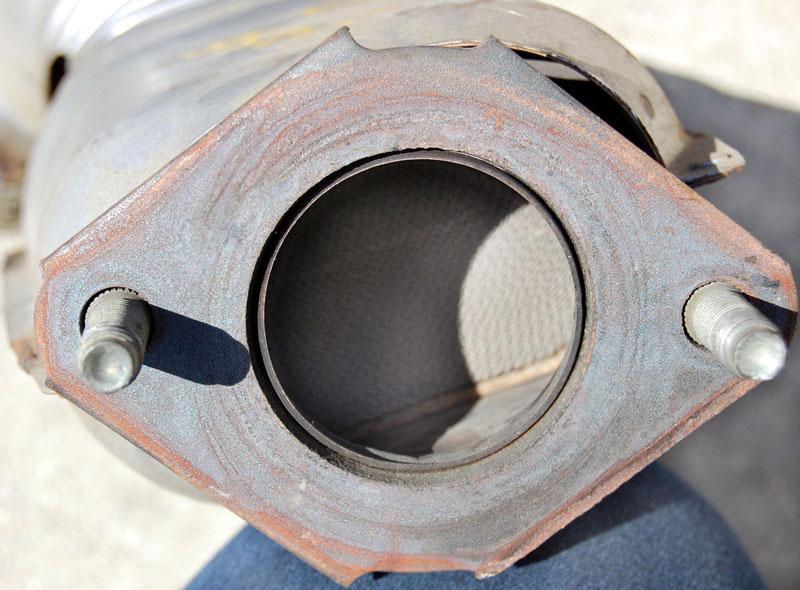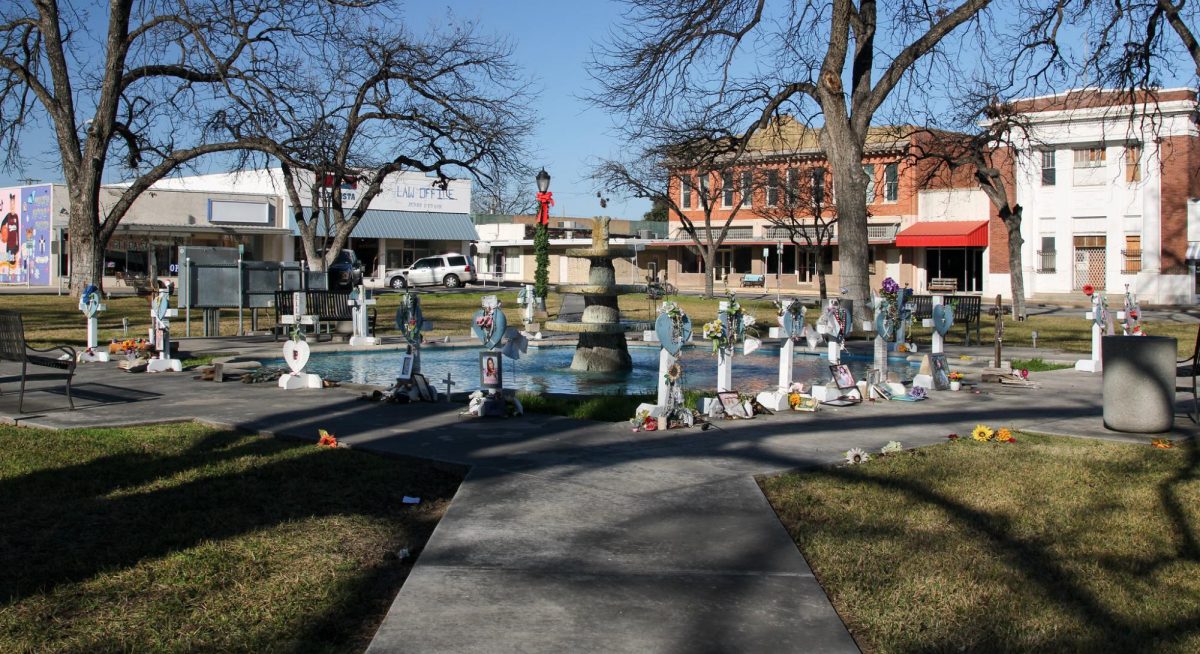
Students on campus should be aware of people who are working underneath cars in the parking lot because they may be witnessing someone steal a catalytic converter said Police Department Information Officer, Christina Villalobos.
One way to tell that a catalytic converter has been stolen is that upon starting the vehicle, there will be a very loud noise akin to a motorcycle, Villalobos said.
“It’s not going to be as obvious as a smashed window,” Villalobos added. “But starting your car, you will notice the difference.”
The last report of catalytic converter theft was on Jan. 27, Villalobos said, but crimes like this tend to happen sporadically in different locations. Along with this, Villalobos said the theft happens so quickly, that so far no one has been caught in the act.
“We like to keep people aware that it could happen anywhere on campus,” Villalobos added.
Villalobos said that the catalytic converter, which is located underneath the car, is a device that makes harmful gas emissions less dangerous and toxic in the environment.
This type of theft, Villalobos added, is an ongoing problem, and reports of stolen catalytic converters stem back to November 2009.
“Catalytic converter theft is not a unique problem,” Villalobos said.
In fact, Villalobos added, UCLA reported two incidents of this crime in September 2009, and Cal State Dominguez Hills also had this problem late last year.
Mechanical engineering Professor Stewart Prince said he could not imagine someone stealing a catalytic converter in broad daylight, due to its location underneath the car and near the exhaust system.
“It would take time and effort. Perhaps the best way to steal one would be while the car is in a garage for repair,” Prince said.
Prince added that most cars only have one catalytic converter, but some have a second “pup cat” to help a cold engine.
Richard Beard, 26, a mechanic and former CSUN student, said catalytic converters use rich metals in order to turn harmful gas emissions into water and carbon dioxide.
These metals are what thieves value, Beard added, and they include platinum, palladium and rhodium.
“An experienced thief, with the correct tools, should be able to be get out, cut, packed, and gone in under 2 minutes alone,” said Beard, who has worked on over 13 major automobile makes and models.
The most desirable cars to steal from, Beard said, are typically lifted Ford, Chevy, Toyota, Nissan, or Dodge Full-size trucks that have ample room to crawl under without a jack. Beard also said that cars with V-8 or V-6 motors could have up to four catalytic converters.
“With a street price of $50-70, you could make a couple hundred bucks pretty damn quick,” Beard said.
Though many cars are equipped with alarm systems, Beard said that this usually would not help prevent catalytic converter theft. Some cars with motion sensors may go off, but Beard said that most do not have these.
“Generally a car alarm is only worried about the doors, trunk, and hood,” Beard added. “Furthermore on a truck you wouldn’t even jack it up, or open up a single thing. Alarm wouldn’t even go off.”
Villalobos said there is currently a cage-like device on the market known as the CatClamp that deters thieves from taking catalytic converters. The CatClamp, Villalobos added, can be installed at home or by a mechanic, and costs around $150.
“When it comes to theft, we always encourage layers of security,” said Villalobos.
Since theft is one of the more common crimes on campus, Villalobos said that it is important to have multiple methods for protection such as a car alarm and a steering wheel club. Along with this, Villalobos said that locking doors and closing all windows helps prevent theft inside of cars.




